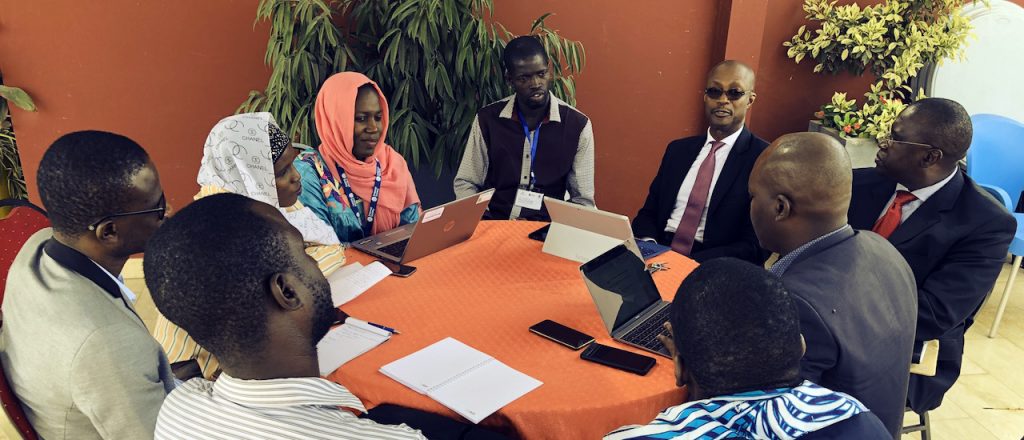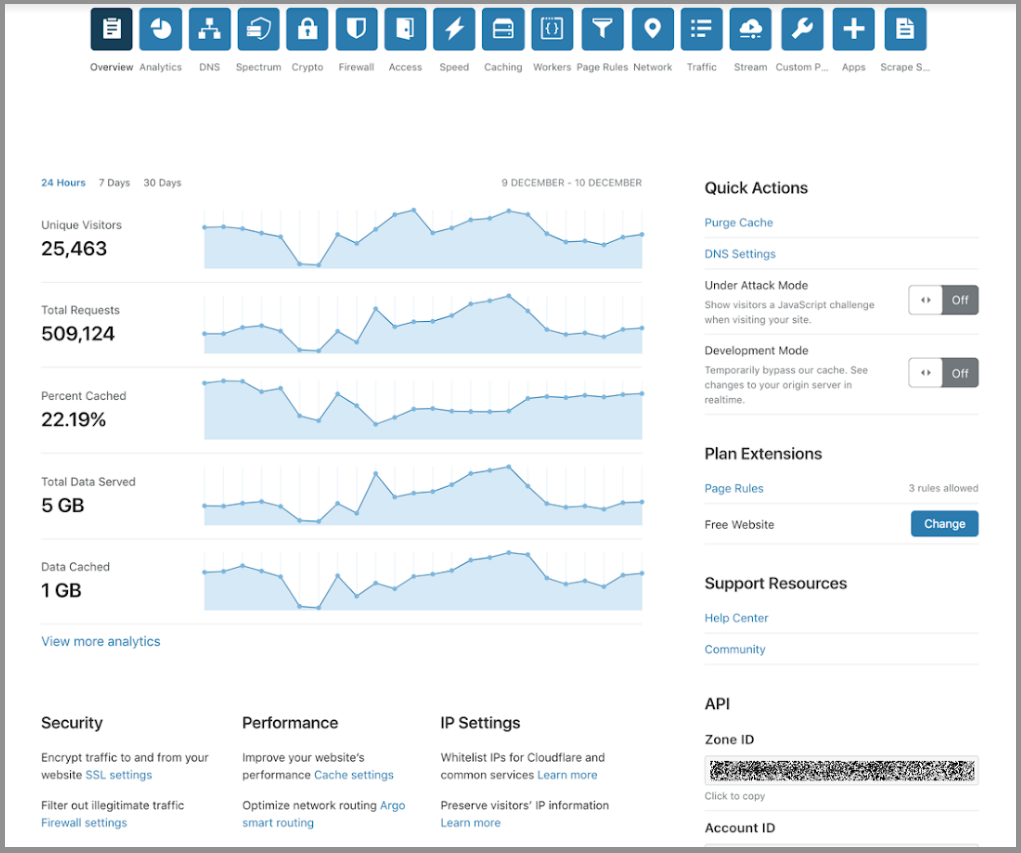0
BrandPost: 802.11ax means more IoT. Now, how do I secure it?
Like the teenager with no driving experience who takes the family SUV on the open highway, even the simplest devices that are connecting to corporate networks have the power to participate in an attack and cause serious damage.Courtesy of Moore’s Law, anything with an IP address must be now considered a potential threat. Ironically, 802.11ax introduces terrific new security features such as WPA3 and OWE. But, it also makes the WLAN even more IoT-friendly, given the support for dense concentrations of clients in environments such as smart buildings, where devices like lighting controls are as likely to be connected wirelessly as wired.To read this article in full, please click here


 More than 61 percent of shareholders approved the deal that allows Dell to buy back the stock that tracks its controlling stake in VMware.
More than 61 percent of shareholders approved the deal that allows Dell to buy back the stock that tracks its controlling stake in VMware. The telecom giant is looking to cut $10 billion in costs from its operations as it positions itself to boost its focus on 5G.
The telecom giant is looking to cut $10 billion in costs from its operations as it positions itself to boost its focus on 5G.







